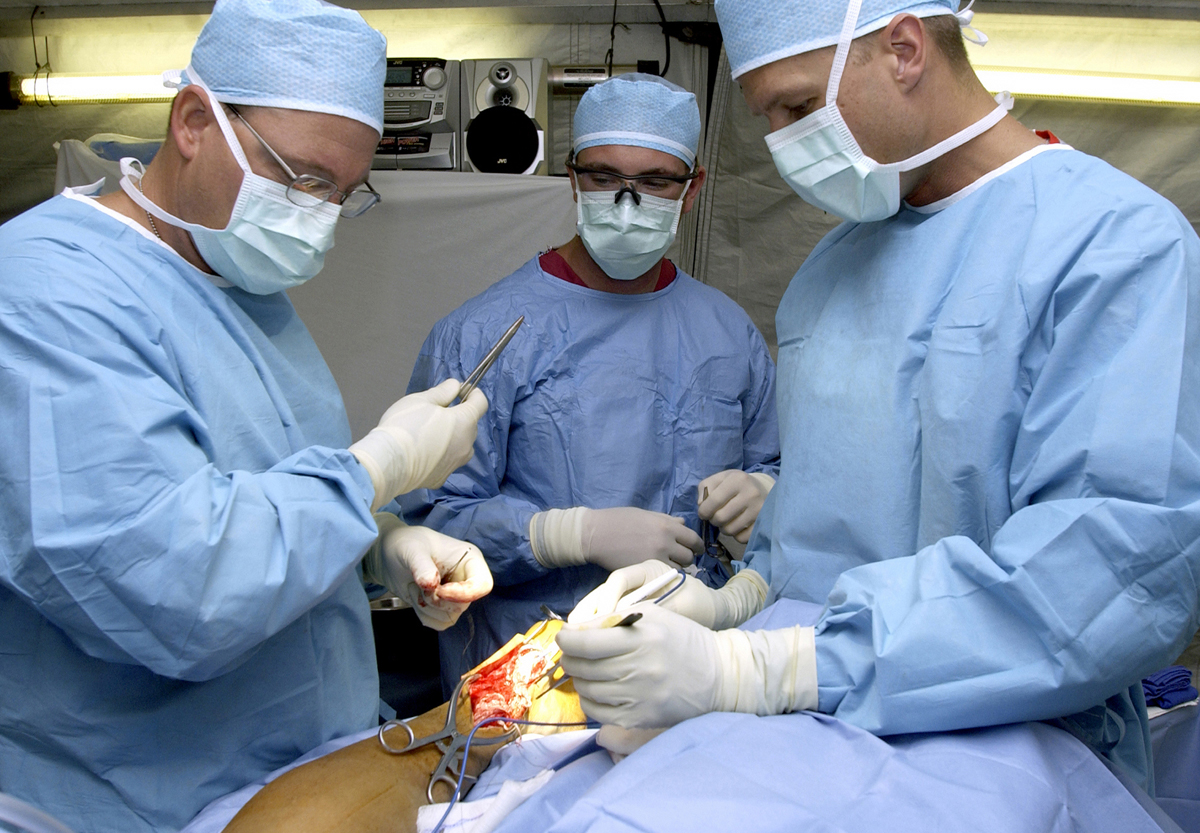
Photo from academic.microsoft.com
Background: The lower limb is a source of many flaps both for closure of local defects and for free transfer. Fasciocutaneous flap techniques have been progressively refined, although the vascular… Click to show full abstract
Background: The lower limb is a source of many flaps both for closure of local defects and for free transfer. Fasciocutaneous flap techniques have been progressively refined, although the vascular basis for their success needs clarification. Methods: Archival studies of 48 lower limbs were reviewed and combined with 20 studies of lower limbs from fresh cadavers, making a total of 68 investigations. Lower limbs were injected with a dilute lead oxide solution; the integument was removed and radiographed; and the cutaneous nerves were dissected, tagged with wire, radiographed again, and their paths traced on the original images. Results: The major cutaneous nerves in the leg are paralleled by a longitudinal vascular axis often comprising long branches with large-caliber true anastomotic connections between perforators. The most highly developed vascular axes followed the medial sural cutaneous and saphenous nerves, together with their accompanying veins, immediately superficial to the deep fascia. The intervening areas were characterized by shorter branches usually connected by small-caliber choke anastomotic connections. Conclusions: These findings provide the anatomical basis for the observed reliability of longitudinal flaps in the leg. The superficial cutaneous nerves of the leg, especially the saphenous and medial sural cutaneous nerves, are paralleled by a vascular axis on or beside the nerve comprising long perforator branches connected usually but not always by large-caliber true anastomotic connections. This emphasizes the importance of understanding the characteristics of interperforator anastomoses when designing and raising flaps.
Journal Title: Plastic and Reconstructive Surgery
Year Published: 2017
Link to full text (if available)
Share on Social Media: Sign Up to like & get
recommendations!